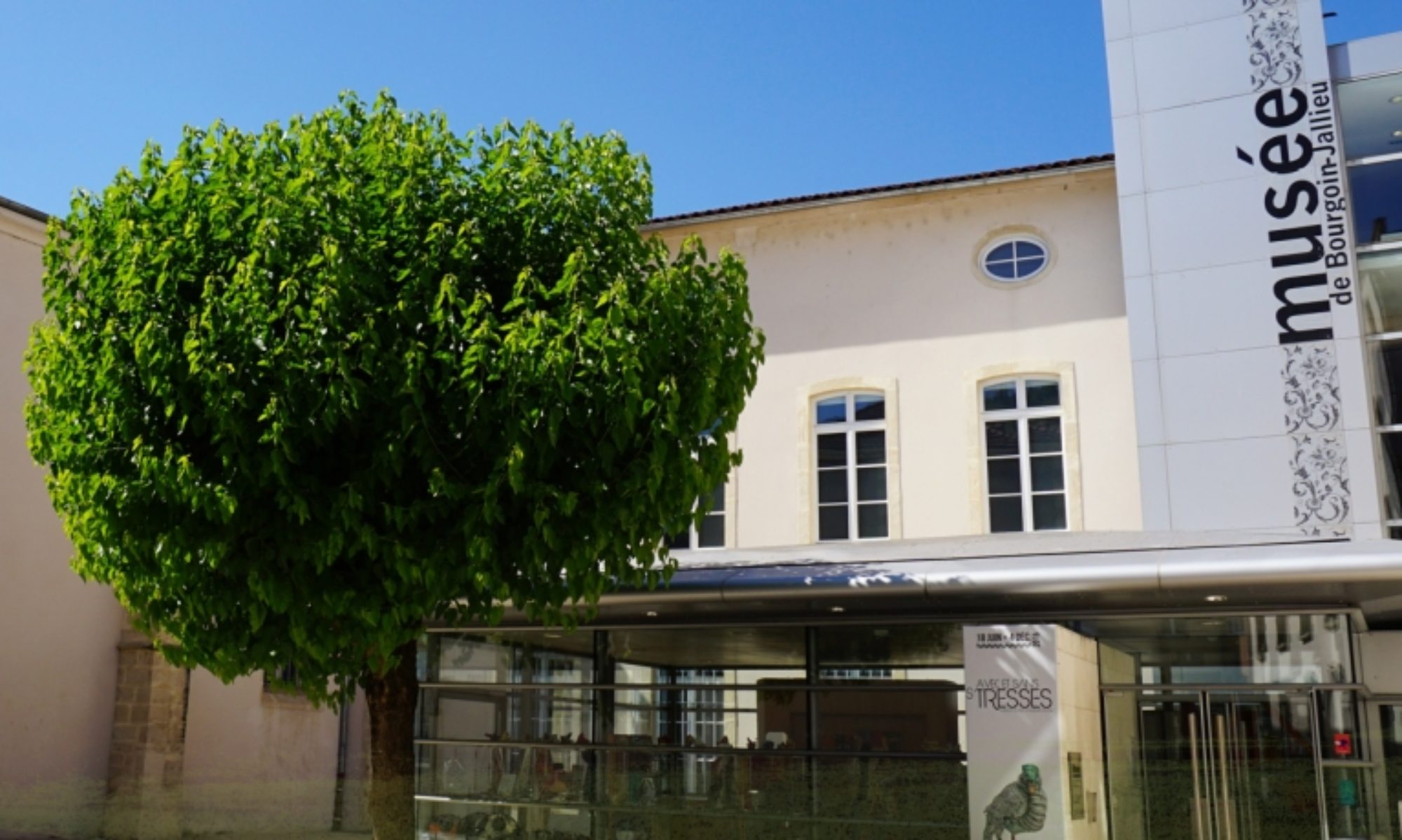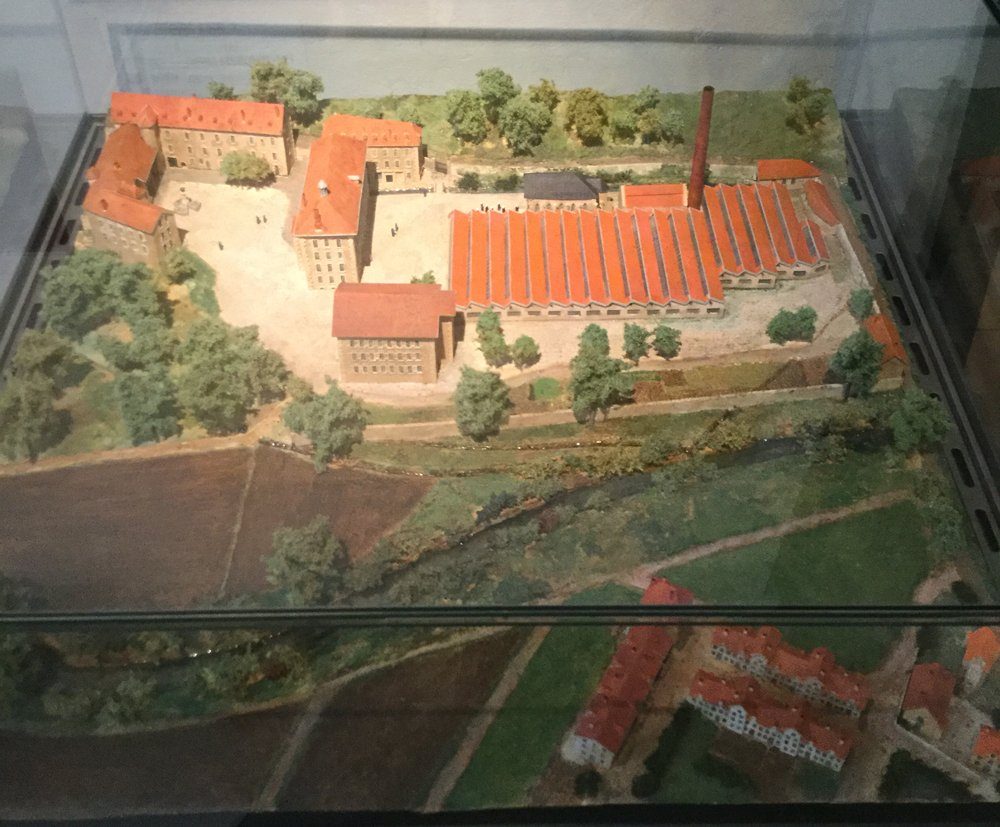THE “FACTORY SCHOOLS”
“Convent factories”, for silk weaving, became widespread in the Dauphiné region after the Lyon riots of 1831. Young workers, recruited in the countryside and housed in dormitories, were supervised by nuns, working and receiving a “wholesome” Christian education. A moral bastion against the chaos of urban labor forces, these factories proliferated in the 1880s and shut down, for the most part, during the interwar period.
The Schwarzenbach Empire
Thalwil (Switzerland) is the birthplace of the Schwarzenbach family. Founded in 1830 by Johannes, the company then developed internationally (Italy, USA, Germany, France). In 1892, the rise of protectionism and increasing tariffs led Robert Schwarzenbach to acquire a milling plant in Boussieu, France. A letter from one of his directors informs him: “I have found an idyllic place: a stream meanders through an old-fashioned park, a flour mill stands watch over the gate and, amongst beautiful trees almost like in a fairy tale, is a silk mill”. This is how the great venture of the Schwarzenbach factory in Boussieu was born.
Weaving began with 151 handlooms (820 in 1901). 418 mechanical looms were then added (increasing to 1040 at Boussieu and la Tour du Pin in 1912).
In 1896, the workshop counted 600 workers, supervised by the nuns of Sainte-Philomène. In March 1897, an agreement was signed between Abbé Rieffel and the owners of the factory to build a house for the deaf and dumb, providing the factory with a stable workforce.
The Schwarzenbach factory operated as a boarding school until the 1940s. Textile operations continued until the 1990s, when the site was abandoned and then destroyed by fire in July 2004.
The Boussieu factory
1. Workshop sheds
The shed-like shape of the roofs (of British origin) provided the workshops with consistent lighting throughout the day. They require a substantial surface area for installation. The first workshop was built at the end of the 19th century, and a second around 1948.
2. The production unit: the weaving building
A single building houses all the weaving workshops on three floors.
3. The lodging building, or “the workers’ barracks”
This is one of the factory’s oldest buildings (1850). On the first floor is the kitchen, the refectory and the classroom. The dormitories, located on the upper floors, are accessed by stairs.


